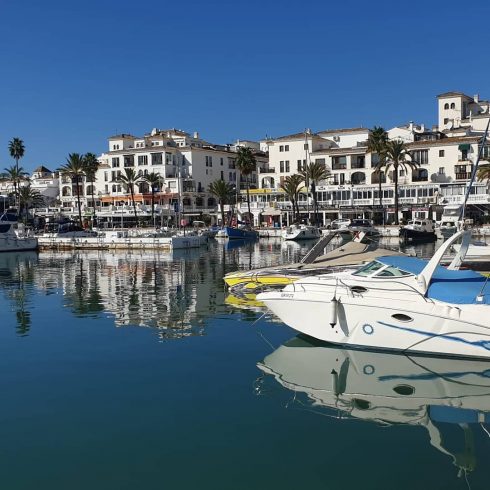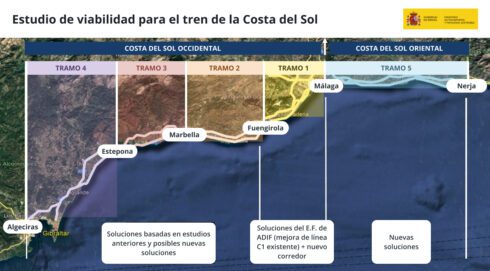THE long-anticipated train on the Costa del Sol has taken another step forward, with 15 companies submitting bids for the project.
The bidding process for the feasibility study began on December 31, 2024, and closed on February 10, 2025.
The Ministry of Transport and Sustainable Mobility received proposals from both national and international firms specialising in railway infrastructure.
READ MORE: Train between Estepona, Marbella and Malaga would be used 125,000 times per day, study finds
Seven of the bids were submitted through temporary joint ventures (UTEs), with national companies based in Malaga, Madrid, Valencia, Vizcaya and Pontevedra.
Commissioned by the government, the feasibility study has a maximum budget of €1,200,000, and the selected company will have 18 months to complete it.
The study will assess the potential extension of the railway corridor between Nerja and Algeciras, focusing on five key segments:
Nerja-Malaga (52 km): Anticipated to generate 26,763 daily trips, amounting to 18% of the zone’s travel demand.
Malaga-Fuengirola (30 km): Expected to generate 70,000 daily trips, equivalent to 25.5 million annually, this stretch shows the highest potential, surpassing the existing Cercanias commuter line’s 2023 figures by over 50%.
Fuengirola-Marbella AND Marbella-Estepona (combined 51 km): With no existing rail infrastructure, this segment could serve 55,615 trips per day, or 20.3 million annually, representing 16% of the area’s daily mobility.
Estepona-Algeciras (50 km): The least trafficked section, it is projected to attract 13,387 daily trips, covering 12% of local mobility.
Additionally, the study will include a demand analysis based on a specific model, alongside financial and socio-economic profitability assessments to determine the project’s viability.
Currently, the C1 commuter line connects Malaga to Fuengirola, serving key locations such as Malaga-Costa del Sol Airport, Torremolinos, and Benalmadena.
However, it does not extend to high-demand areas like Marbella and Estepona, underscoring the need for this expansion.
This initiative aligns with the Sustainable, Safe, and Connected Mobility Strategy 2030, which aims to reduce reliance on private vehicles, improve regional connectivity, and integrate urban policies with more efficient transportation solutions.









